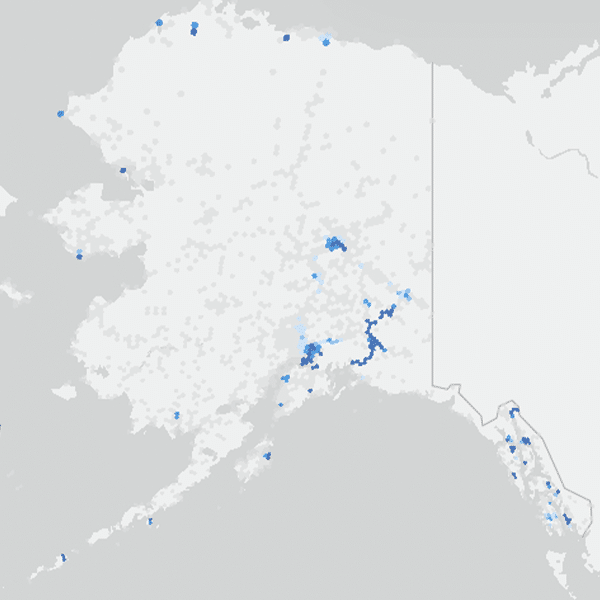The FCC today released a public notice listing all the companies that applied for funding to rip-and-replace Huawei equipment deemed to be a national security risk. In the notice, the commission also offered its take on why requested funding was nearly three times higher than previous replacement cost estimates.
The funding in question is from the Secure and Trusted Communications Networks Reimbursement Program, which has a budget of $1.9 billion but received funding requests totaling $5.6 billion.
When the shortfall was announced last week, FCC Chair Jessica Rosenworcel said she looked forward to working with Congress “to ensure that there is enough funding available for this program to advance Congress’s security goals and ensure that the U.S. will continue to lead the way on 5G security.”
In the event the commission is unsuccessful in obtaining additional funding, however, today’s order also explains how funding will be allocated.
(Restrictions, rip-and-replace and reimbursement issues also apply to ZTE but Huawei is much more widely in use by U.S. service providers. Accordingly, we only reference Huawei in this post.)
The Shortfall Shouldn’t Be a Surprise
In retrospect, the budget shortfall shouldn’t come as a surprise, considering that the program initially was established to reimburse companies with fewer than two million customers, but rules were later changed to allow companies with up to 10 million customers to apply for funding – and the commission notes in today’s order that the increase in the cap contributed to the funding gap.
The FCC also points to “increased costs due to supply chain constraints and/or inflation since 2019; additional costs associated with expediting projects to meet the statutory obligation to complete the removal, replacement and disposal process within one year from the initial disbursement of funds; and other costs of complying with reimbursement program requirements not accounted for when cost estimates were reported in 2019.”
When concerns about possible security vulnerabilities involving Huawei equipment originated about a decade ago, larger U.S. service providers in general opted not to use Huawei — or so it was widely believed. At least two of the nation’s largest providers – Level 3 (now part of Lumen) and Windstream – are on the list of funding applicants.
The typical Huawei user, however, is a smaller wireless provider serving a rural area, and many of those providers cover some of their network costs through the FCC Universal Service Fund. In 2020, in an attempt to curtail future use of Huawei equipment, the FCC said providers installing Huawei equipment after a certain date would not be allowed to receive USF funding.
The commission also attempted to estimate the cost of replacing Huawei equipment already installed in provider networks by requiring USF recipients with Huawei equipment to report their estimated replacement costs. Other companies using Huawei had the option of reporting replacement cost estimates to the FCC.
The results of that research helped drive the $1.9 billion budget allocated for the rip-and-replace program.
Initial rules for the program called for funding to only go to companies with fewer than two million customers, but after Congress allocated the $1.9 billion for the program, the rules were changed to allow companies with up to 10 million customers to apply.
What’s Next for FCC Rip-and-Replace Plans?
If the FCC is unsuccessful in persuading Congress to allocate more money to the program, program rules call for funding to go first to companies with under two million customers, then to approved applicants that are accredited public or private non-commercial educational institutions, healthcare providers and libraries providing communications services, and then to any remaining eligible applicants.
In other words, providers with more than two million customers are last in line.
The FCC did not report how many of the applicants have more than two million customers. But if Congress doesn’t provide additional funding, the program rules call for the FCC to prorate the available funding equally across all requests in whichever prioritization category is the first to come up short.
The commission expects to complete its application review process by June 15.
A full list of entities applying for FCC rip-and-replace funding can be found in the order at this link.



